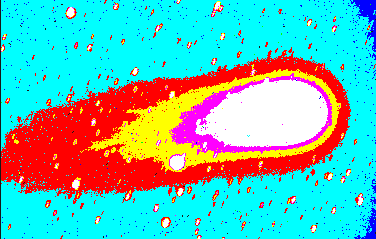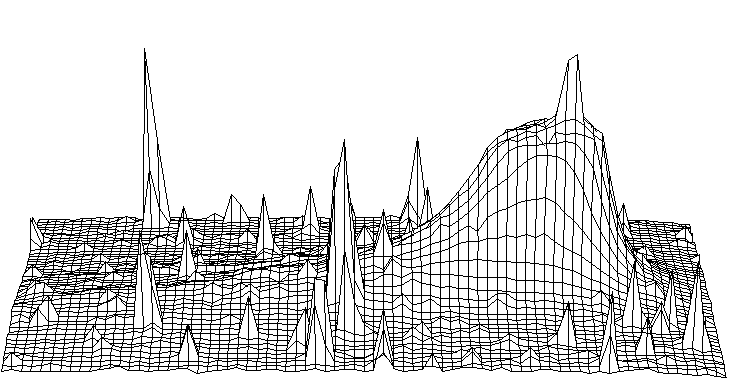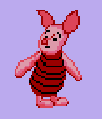 How I see the World
How I see the World
 How I see the World
How I see the World

The first project was an investigation into The Environments of Dwarf Irregular Galaxies wherein we looked for evidence of dwarf irregulars (dI's) being formed with a higher frequency near giant (normal galaxic) neighbors or interacting galaxies than off all alone in space. The theory that we were investigating was that perhaps dI's were formed in the tidal debris of interacting galaxies, where the two interacting galaxies would have disipated some of their mass due to the gravitational stresses of the interaction. Then, much later in the history of the Universe, the orphaned gas clouds would begin star formation of thier own, which we could then detect.
We found, however, that the dI's were more often located far enough away from their giant neighbors to rule out the possibility of interaction in the past.
The results were presented at the 189th AAS (American Astronomical Society) meeting in Toronto, Canada, in January of 1997. An abstract of the Poster can be seen by clicking here.
Meanwhile, back in '95 a new type of galaxy was classified: the dwarf spiral galaxy (dSp). This was the final galaxy type needed to complete the Hubble classification sequence for dwarf galaxies. The dSp candidates were also found from a sample of dwarf irregular galaxies.
For our second project, we used a sample supplied by Dr. Eder and searched ti for dSp galaxies as well. We observed at the MLO (Mount Laguna Observatory) for a total of five nights in October of 1996 during new moon, and gathered data on 29 dI galaxies that we suspected could be dSp galaxies.
The second project has become my senoir thesis. I will make the thesis available on this page in the near future. The thesis contains images of the first dSp galaxies which clearly show spiral arm structure.












 What's he doing here?
What's he doing here?